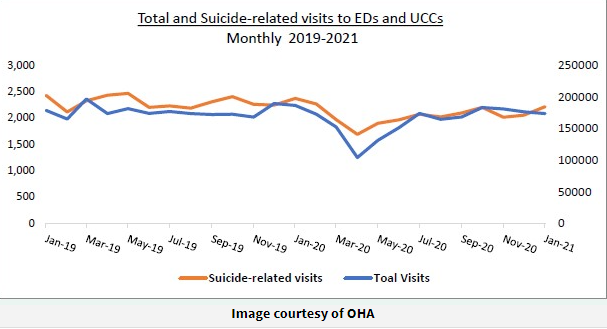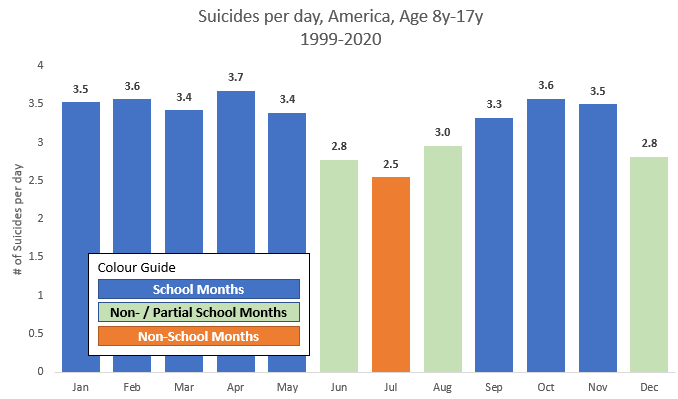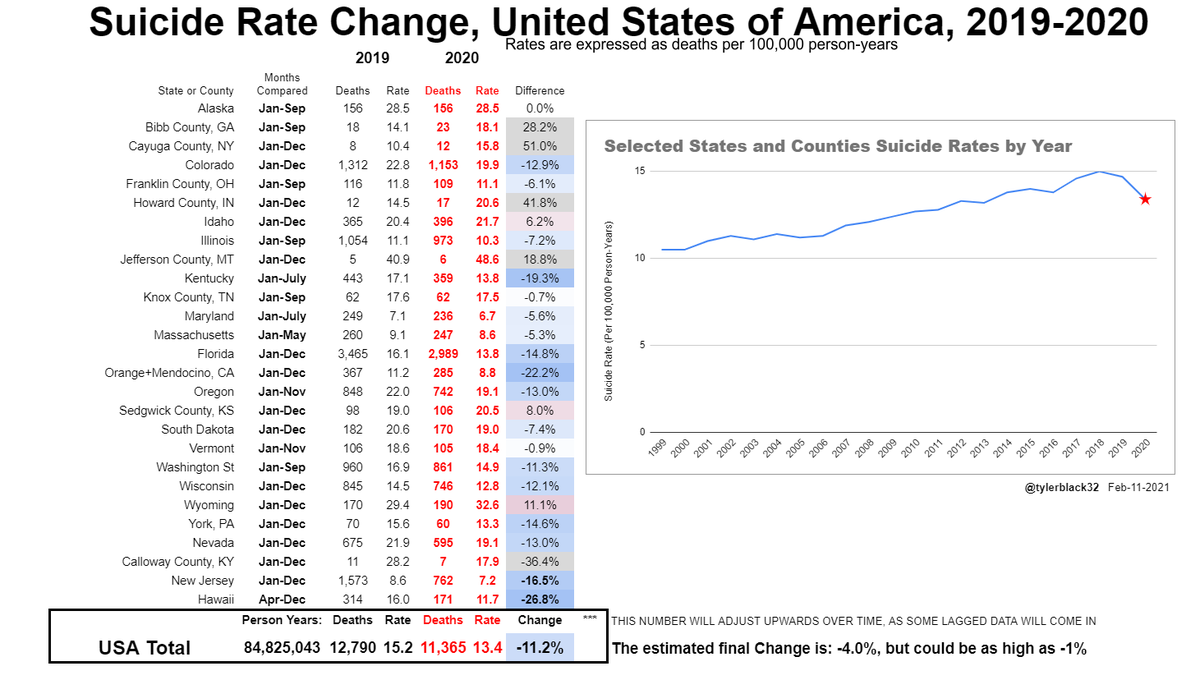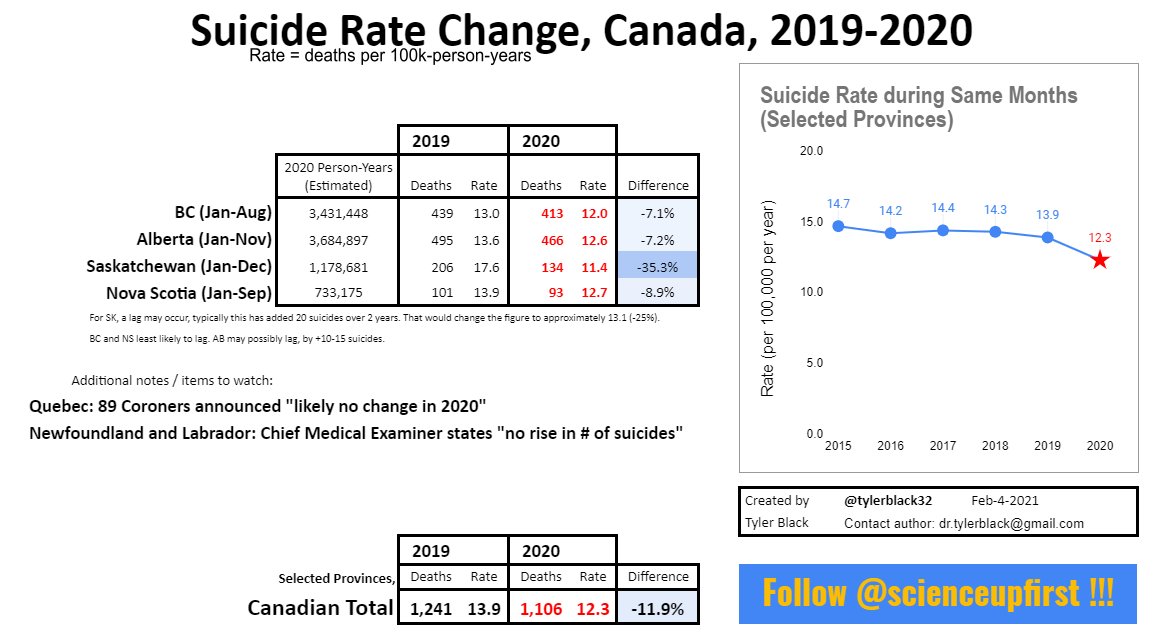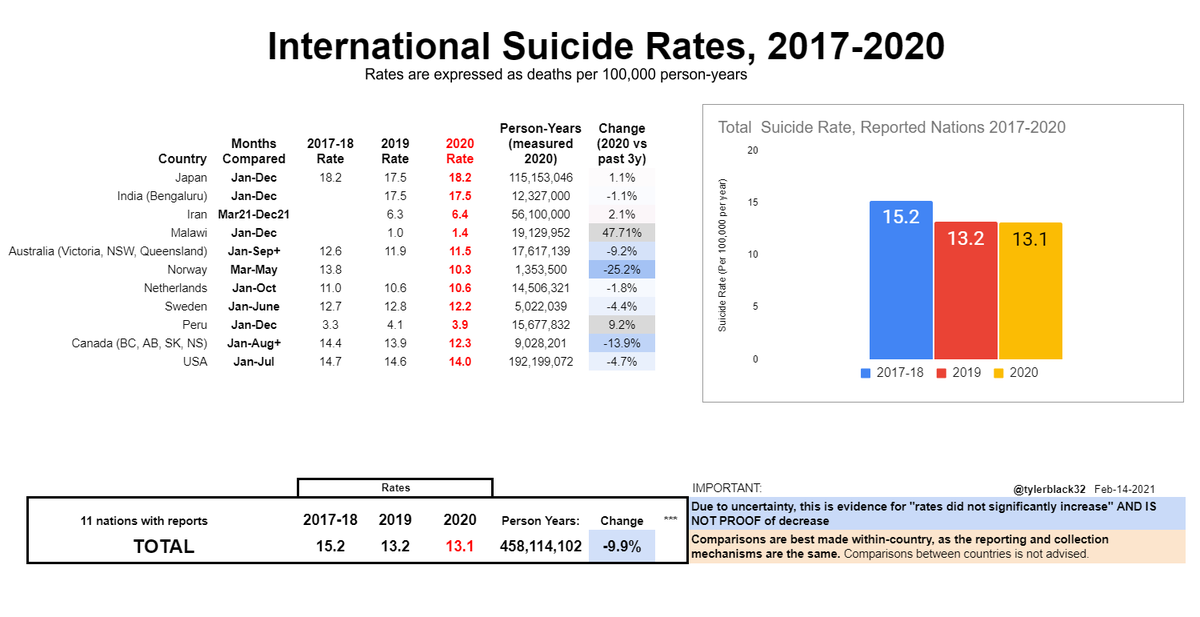
Suicidology 2020:
Subgroup analysis (youth, sex, race)
I was able to access a data set from a Cook County, Illinois. Cook County is home to 5.2M people and includes Chicago.
It's the 2nd largest county in the US
/cont
Subgroup analysis (youth, sex, race)
I was able to access a data set from a Cook County, Illinois. Cook County is home to 5.2M people and includes Chicago.
It's the 2nd largest county in the US
/cont

1/ In total, there were 438 suicides in 2020 in Cook County, compared to an average of about 480 in the past 3 years. During the pandemic spikes, suicides decreased.
All in all, it was a below-average year for suicide deaths.
All in all, it was a below-average year for suicide deaths.

2/ Black residents died by suicide at a much higher rate (42% increase). This increase was occurring before the pandemic as well. During the first wave of the pandemic, it worsened, second wave it lessened.
A much higher year for Black suicides: 97 vs. an average of 68 in 5y.
A much higher year for Black suicides: 97 vs. an average of 68 in 5y.
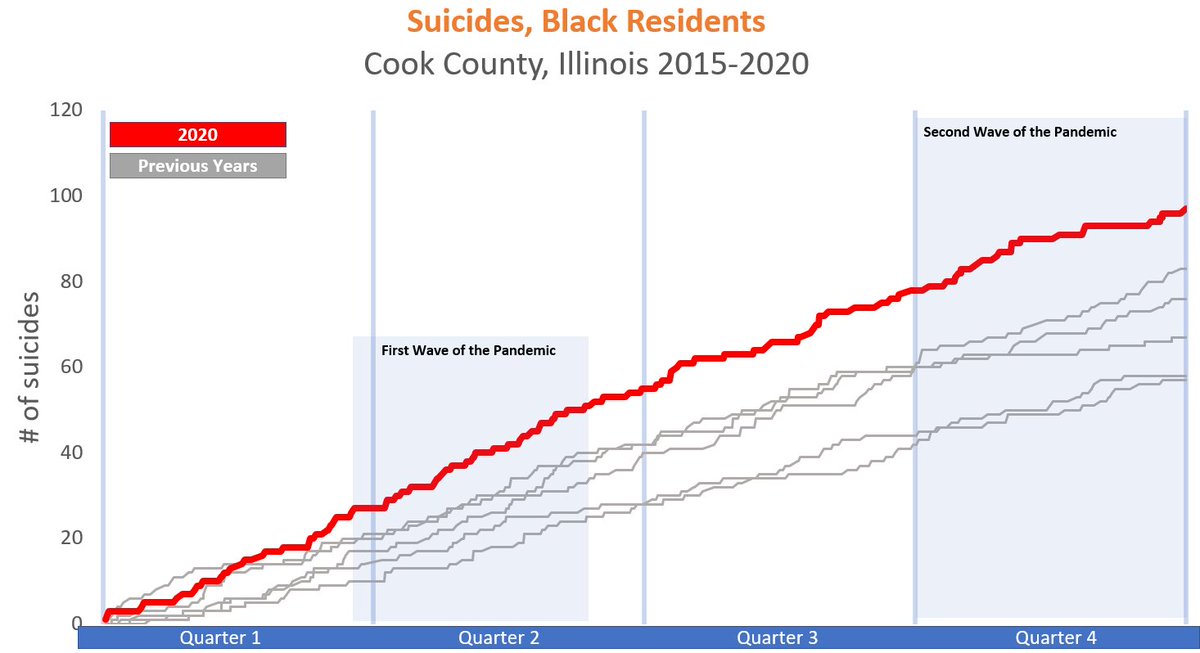
3/ .
4 subgroups are available:
Black <18y (within variance, high side)
Black 18-24y (within variance, high side)
Black Female (51% increase vs 5y avg)
Black Male (40% increase vs 5y avg)



4 subgroups are available:
Black <18y (within variance, high side)
Black 18-24y (within variance, high side)
Black Female (51% increase vs 5y avg)
Black Male (40% increase vs 5y avg)




4/ This means, of course, that race was a confounder for suicide. Systemic racism is a known contributor to A NUMBER of mortality outcomes.
With the knowledge that Cook County Illinois' rates overall decreased, and for Black residents they increased, we know what this means.
With the knowledge that Cook County Illinois' rates overall decreased, and for Black residents they increased, we know what this means.
5/ White residents had a decrease. White Cook County residents had an overall 16% fewer suicides. A clear "pandemic decrease" is seen in the first wave. 

6/ 4 subgroups are available:
White<18y (average)
White 18-24y (average)
White Female (30% decrease vs 5y avg)
White Male (12% decrease vs 5y avg)



White<18y (average)
White 18-24y (average)
White Female (30% decrease vs 5y avg)
White Male (12% decrease vs 5y avg)




7/ For youth, this is the first complete data set I've had available to me that is not embargoed, but it is consistent with the other datasets from other jurisdictions that I have seen (but are embargoed). Overall, 2020 ended up being an average year for kids.
8/ For race, there have been 3 states (IL, MD, CT) showing racial breakdowns, and all 3 have shown a similar pattern: White suicides decrease, Black suicides increase.
9/ Unfortunately, I could not analyze Hispanic suicides. From the data that I have, they were average in 2020 however I am led to believe that racial coding for Hispanic residents in Cook county is very poor.
• • •
Missing some Tweet in this thread? You can try to
force a refresh


